Trading model is a key point that must be considered in product operation and profit. For products in the information age, the transaction between roles is not limited to the cost of money, and attention is also one of the goals that products compete for, so the generalized transaction also includes time cost and emotional cost. In a complex trading model, how to balance the value-interest relationship of all parties is a key factor for the long-term survival and sustainable development of a product.

In this paper, we will take Meituan Takeaway as an example to accomplish two tasks:
- Disassemble the transaction model of the whole process from ordering, delivery to refund;
- Taking the user’s modification of delivery address as an example, this paper analyzes the decision-making trade-off.
In the transaction model, the first thing to consider is the multilateral role in product transaction and its interrelated relationship. In the simple model, the identity role can be expressed by points, and the directional relationship can be expressed by lines and arrows. The direction of the general arrow is the flow direction of interests. The more identities of users of a product, the more complex the model is, and it is spread out in a network.
Order circulation refers to a series of processes from user placing an order, merchant receiving an order, rider delivering to order completion. In the whole process, there are four key roles involved, namely, users, merchants, platforms and riders. Among them, the riders of the US group take-out can be divided into four categories: special delivery by the US group, express delivery by the US group, running errands by the US group, and merchant delivery (the first two belong to platform management, running errands belongs to third-party services, and merchant delivery belongs to self-delivery), which are collectively referred to as the rider’s side here without distinction.
In the transaction model of order flow, there are user-platform, platform-merchant, merchant-rider, which can be represented by the following figure:
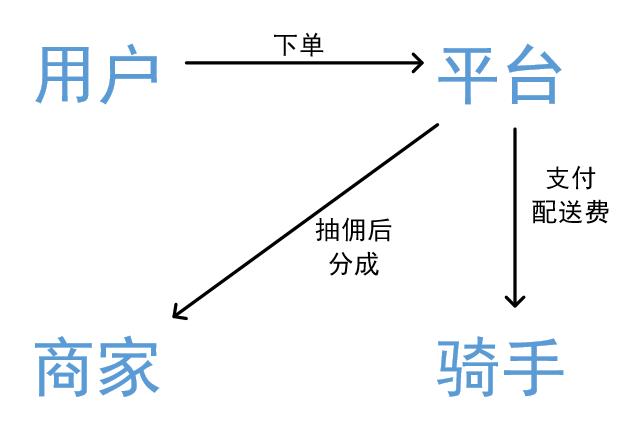
From the user’s point of view, order cancellation can occur in three time periods: before delivery, during delivery and after delivery. Among them, before the order is sent, the role involved is user-platform, and two situations will happen.
1) The user cancels the order within 1 minute before or after the order is confirmed, and the platform directly cancels the order;
2) If the order submitted by the user is not confirmed within 5 minutes, the platform will automatically cancel the order.
After the order is delivered, the refund process involves the user-merchant, and there are two corresponding refund situations.
1) If the special delivery order of Meituan is not delivered for more than 30 minutes, the user applies for a refund, and the platform automatically agrees to the refund and cancels the order;
2) The user applies for a refund, and the merchant handles the refund.
The trading model is as follows:
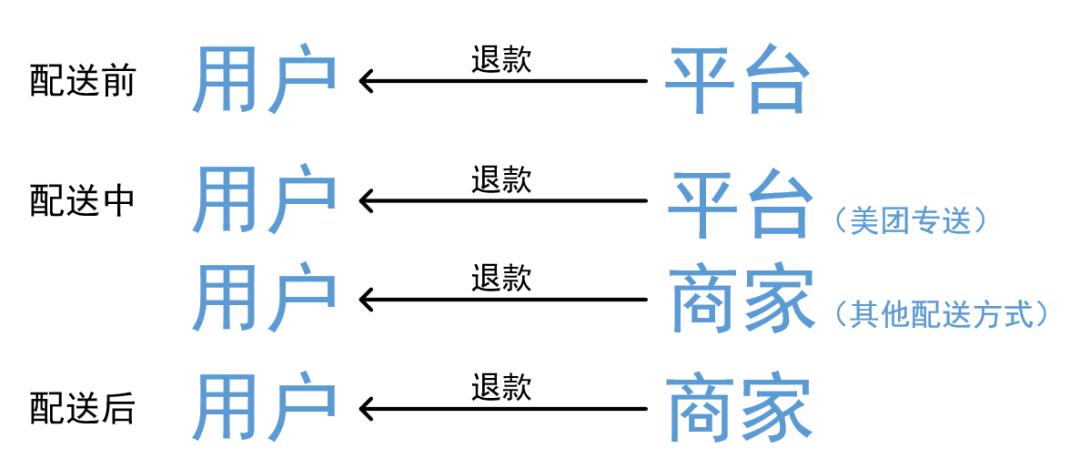
In the take-away platform, because of the multilateral relationship between users, merchants, riders and platforms, disputes and contradictions often arise, such as complaints from users about merchants’ dishes and complaints from riders about merchants’ slow delivery. Because such problems involve many parties, it is the key point to determine the responsible party.
In the takeaway scene, users often encounter the problem of changing the destination. Can the platform allow users to modify the destination, and can merchants or riders refuse to modify the destination? The difficulty of this problem lies in the roles involved in the different processes of the order.
The process of order circulation can be divided into several situations: the user has placed an order but the merchant has not received it, the merchant has received the order but has not delivered it, the rider has received the order but has not delivered it, the rider is delivering it and the order has been delivered. This part will reflect the influence of the judgment of the responsible party on the platform from this example.
After the user places an order, the take-away system will register the order first, and then push the order to the merchant. Sometimes, because the store is busy or there is a lack of manpower in front of the system, there is no answer to the order. If the push is unsuccessful, the system will push the order again every 1 minute until the order is automatically cancelled for 3 times.
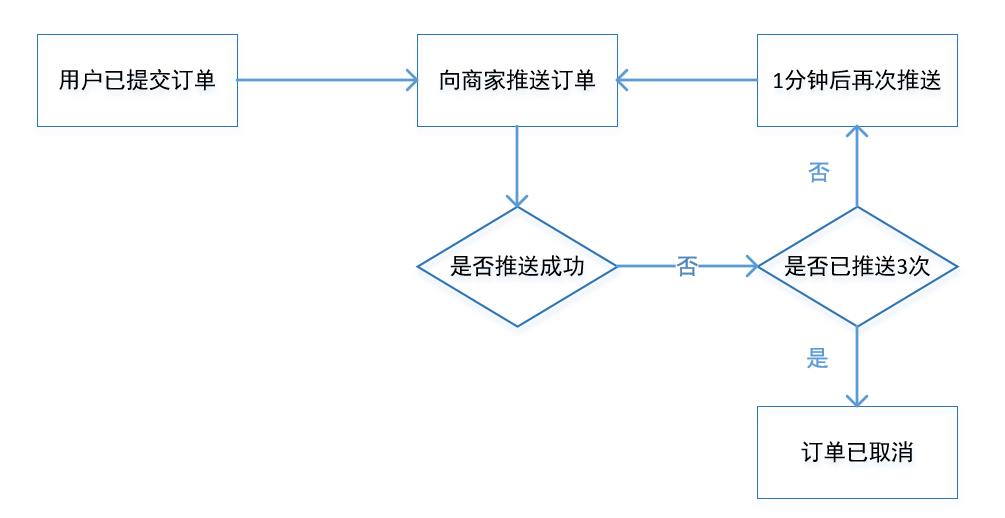
In this process, no merchants or riders have entered the order, and the responsible parties involved are users and platforms. If the user wants to modify the destination, he can directly cancel the order and re-place the order or wait for the merchant to take the order before changing the destination.
Re-ordering will not have any impact on the system of pushing orders, and users are willing to pay extra time costs for re-ordering and waiting for orders. However, what users care about is whether the vouchers, red envelopes and allowances paid for the order can be returned with the cancellation of the order and then used in the next order.
Here, we need to consider two kinds of benefits provided by the platform and set by the merchant. Should both benefits be returned to the original account with the cancellation of the order? If returned, the user pays a simple time cost problem; If you don’t return it, will it affect the user’s willingness to place an order with the same merchant or use alternative takeaway software to complete the order with the same merchant?
After the user places an order, the delivery address is linked to the expected delivery time, which will be sent to the merchant through the system. After the merchant confirms the order, it will enter the takeaway production. In this state, the responsible party involves the merchants.
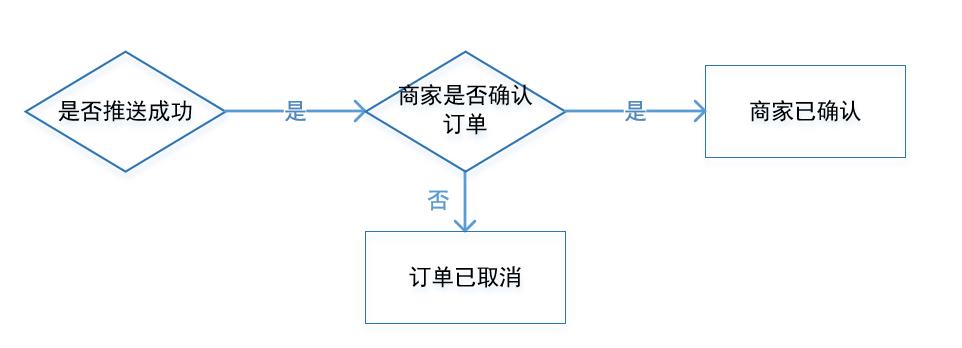
From the merchant’s point of view, there will be great resentment against the user’s desire to modify the address, especially if the distance becomes longer after changing the address, the delivery time will be later than expected, and the merchant will worry about the follow-up reminders, complaints and evaluation problems.
In addition, the attitude of the merchants also depends on whether they choose the US group delivery or self-delivery. In the case of delivery by Meituan, its delivery mechanism will consider whether it is on the way, the distance, the delivery time and other issues. Changing the address will affect these factors at the same time, and then the rider assigned to this order will be different, but the merchant is only a receiver.
However, in the case of self-delivery, the merchants are also responsible for the subsequent delivery, and their dissatisfaction is far greater than that of Meituan delivery, because when the original order was received, the merchants would prefer short-distance orders and along-the-way orders, and the modification distance would not only affect the delivery of this order, but also affect the delivery time of other orders.
What is discussed here is only the automatic distribution of delivery orders after accessing the Meituan system. When users can’t contact the riders directly, they will contact the riders through the merchants, and the power and responsibility parties involve users, merchants and riders.
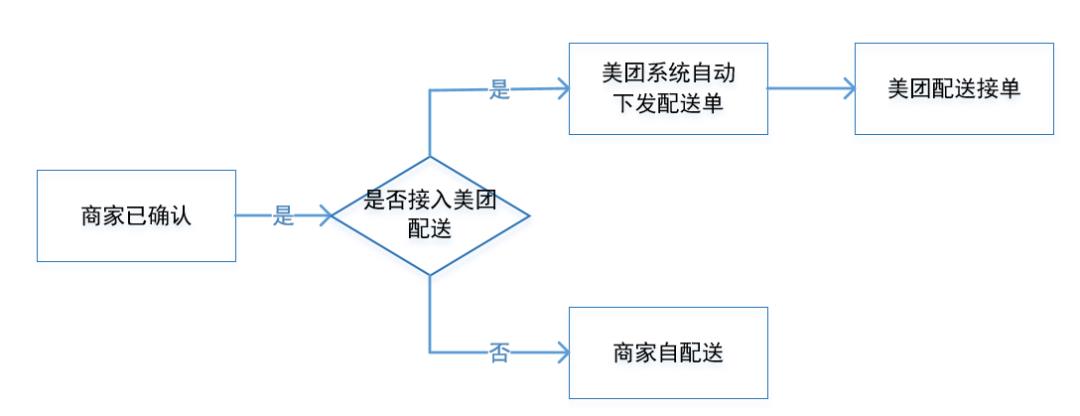
Under the delivery managed by the US Mission, the rider passively accepts the order, and modifying the destination may cause a decrease in the number of orders on the way, but the same probability is that there are not many orders on the way at the original address, so the impact of modifying the address on the special delivery rider is not great.
However, for crowdsourcing riders, orders are grabbed, and the closer the distance is, the more orders there are along the road, the easier it is to grab, while the delivery fee will increase relatively for orders with high long-distance time cost, but the rider’s willingness to deliver is low.
The habit of crowdsourcing riders is to take orders all the way along the road and get the relative maximum benefit at a certain time cost. When modifying the destination, crowdsourcing riders are much more disgusted than special riders, because in the case of changing the distance, the established delivery fee will not change, the time cost will increase, and the orders along the way will decrease, which will greatly reduce the maximum income that could have been obtained.
Compared with the previous situation, the loss of opportunity cost of the order that the rider has already delivered is greater. The rider should not only bear the time loss spent on the journey of this order, but also bear the time loss of other orders that have been taken by the way and the loss of potential order opportunities.
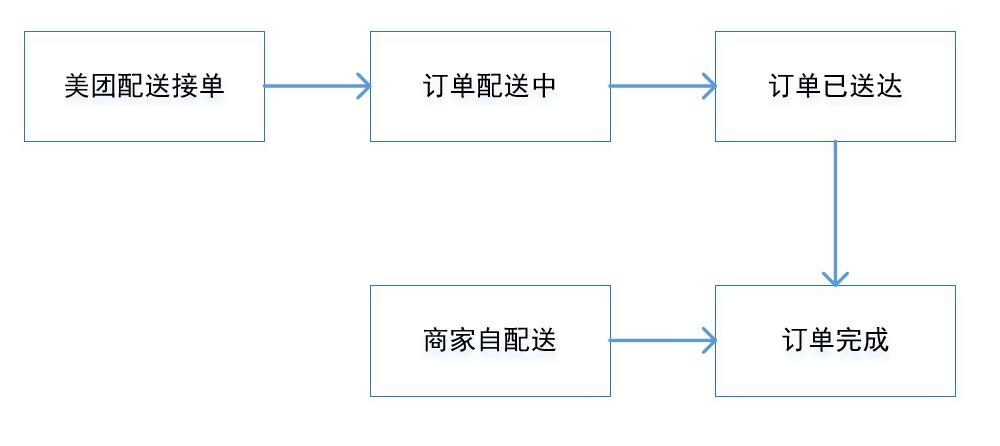
Considering the extreme situation, the user’s modified delivery address and the original address are in opposite directions. In the process of value measurement, will the rider risk being complained to give up this half-way order to ensure the delivery of other orders, or will he reach this order within the delivery time to avoid complaints and click to confirm the delivery in advance? If the delivery fee of the modified order far exceeds the cost of the original order, will the rider give up the original order?
From the perspective of platform guidance, if the punishment mechanism is blindly guided by the service concept and follows the principle of user > rider, will it lead to frequent phenomena that users modify the delivery address, riders abandon orders or click to confirm delivery in advance? Should the complained rider take full responsibility, thus discouraging the rider’s enthusiasm? If the punishment mechanism is humanized, can it make the rider make a choice faster without the fault? Simply applying the principle of user first to deal with all conflicts of interest will not only "spoil" users, but also be detrimental to cultivating riders’ emotional dependence on the platform.
After the order has been delivered, the user finds out that his delivery address is wrong. Who are the responsible parties in this case? This involves the question of who will confirm the completion of the order after it is delivered. There are three options for the takeaway platform, namely, the rider, the user and the platform to confirm the delivery.
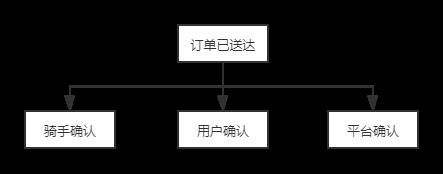
First, after the rider confirms the delivery, it is not necessary for the user to confirm whether the address is delivered correctly. The user wants to modify the destination again, and the rider has no obligation to deliver it to the modified address again. In this way, the user’s dissatisfaction is high, the user experience is poor, and even the order will be refunded and the rider will be complained.
On the one hand, whether the order can be delivered again can only be supported by the professional ethics that the rider can’t quantify, on the other hand, it depends on whether the merchant cares about quantitative indicators such as rating and return rate, and the constrained merchant may spontaneously bear the loss of this order and re-dispatch the order.
Second, after the user confirms the delivery, the rider only needs to send the order to the designated address, but the user needs to pay the cost of reconfirmation. Judging from the ordering process of users, users habitually enter the dining process directly after receiving the delivery call, instead of entering the delivery platform again to complete the last step, so the pressure of unconfirmed delivery is transferred to the rider.
The user who has the right to receive goods wants to modify the delivery address, which is entirely in a favorable position, because the rider can’t get the commission if the order is not completed, and the rider doesn’t deliver it again according to the user’s requirements, which not only bears the cost of the previous delivery, but also suffers from the punishment of the platform.
Third, under the platform confirmation, there are several situations. One is that after both the rider and the user confirm the delivery, the platform completes the confirmation after this match; The other is that the rider confirms the delivery. Although the user does not click the confirmation within the specified time, the platform defaults to the user’s choice of delivery. The former is similar to the second case, while the latter is that the platform becomes the responsible party.
The user passively confirms without knowing it, and wants to modify the address and find the merchant or rider. Although both of them have to bear the risk of bad reviews, the degree of fault is far less than that of the platform, so the platform is likely to be used as a bullet. At this time, the platform will bear the money and reputation loss of returning the order.
For orders with different delivery status, if users want to modify the delivery address, Meituan’s strategy is as follows:
(1) For take-out orders without orders, it is supported to place orders again after returning the orders.Red envelopes used during payment within the validity period will be returned within 24 hours.
Problems you will encounter: Re-placing an order immediately after the cancellation of the order may lead to a reduction in the discount if the red envelope has not been returned, so that the loss of users from this business or to other platforms cannot be ruled out.
(2) For take-away orders,There are two ways to deal with the US group’s takeaway suggestions:
- Meituan delivery supports online modification of delivery address.
- Merchants are self-equipped, so it is recommended to contact merchants or riders to communicate.
For the former, most riders take the attitude of delivering the order first, and then they can report the abnormality and complaint to the order.
Problems encountered: If the user complains about the order, the rider will also encounter the situation that the money deducted cannot be recovered if the complaint is not passed.
In the punishment mechanism, if the user complains that the delivery time exceeds the expected delivery time and the goods are not received, or the actual delivery time exceeds the expected delivery time, the self-made merchants need to bear the full refund responsibility, that is to say, for the latter, the merchants can only swallow their own bitterness.
If the experience of riders is not good, they will be lost. However, in the current environment, the supply of riders in first-and second-tier cities is far greater than the demand, so the loss of riders will not increase the cost of distribution, and the old people will make up for it immediately.
What the platform really lacks is users. When choosing which platform to place an order on and which merchant to place an order on, users always have the initiative, including modifying the address, and merchants and riders revolve around users. Therefore, it can be said that the tripartite experience of merchants, riders and users has not yet reached a level of common satisfaction. How to coordinate the relationship among them has always been one of the important tasks for the platform to optimize the takeaway ecology.
Author: 47, WeChat WeChat official account: under the east fence, pay attention to the content-social products, believe in keep practicing, keep learning, keep optimal.
This article was originally published by @47. Everyone is a product manager. It is forbidden to reprint without permission.
The title map comes from Unsplash and is based on CC0 protocol.